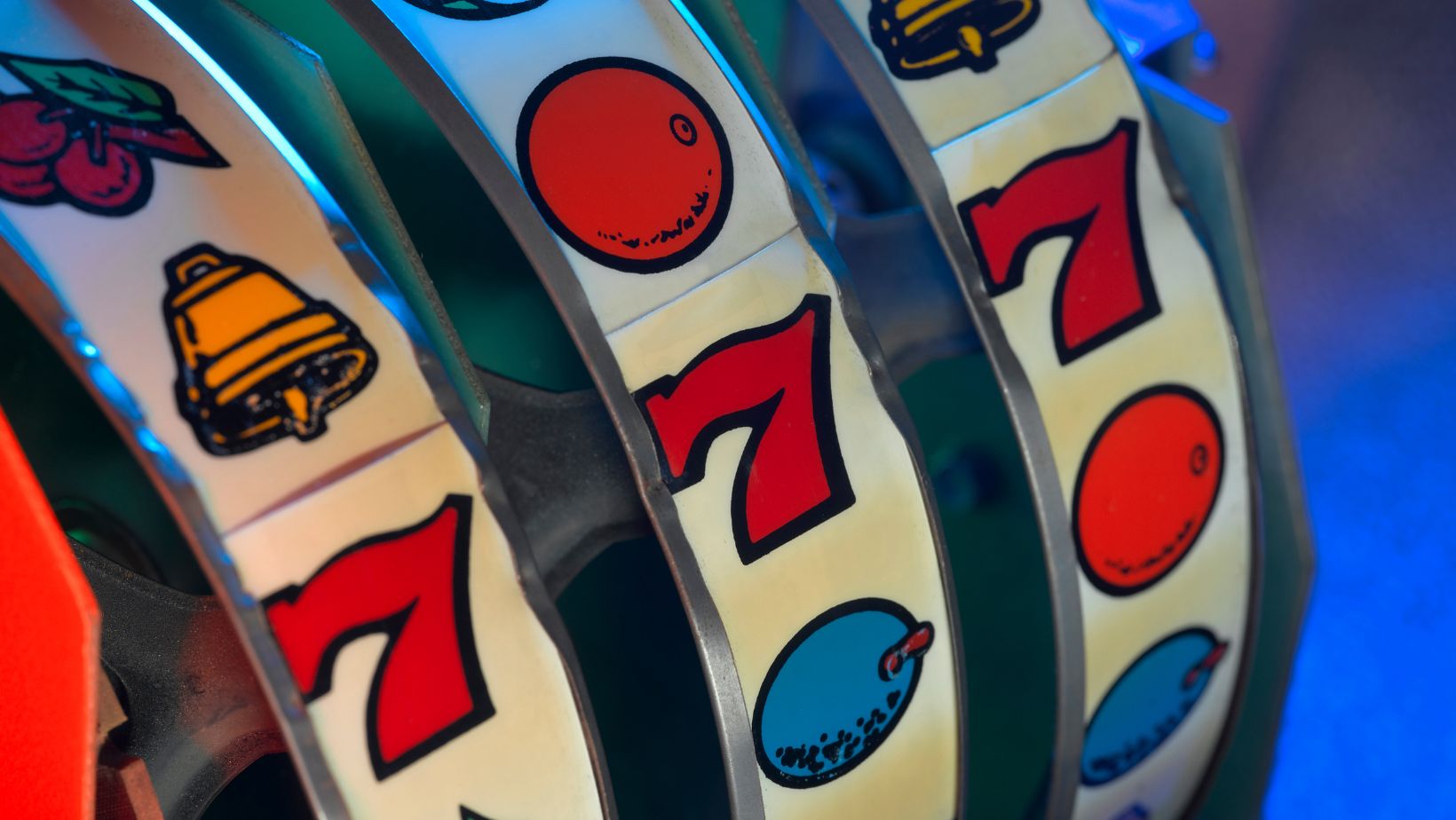Slot machines today use two different systems: traditional paylines (ranging from 1 to around 4,000) and ways-to-win systems (which can reach over 100,000 combinations). Walk through any casino floor, and you’ll spot this massive variation. A classic three-reel fruit machine with fixed paylines sits next to a Megaways slot advertising 117,649 ways to win.
How Paylines Evolved Over Time
The first slot machine, the Liberty Bell from 1895, had one payline. Three matching symbols across the middle row paid out. Simple.
Electric slots in the 1960s added more lines, usually 3 or 5 across three reels. Players could bet on multiple lines per spin, which casinos loved because it meant more money per play.
Video slots broke everything open in the 1980s. Without physical reels, game designers could create any grid size they wanted. Paylines jumped from single digits to 20, then 40, then higher.
Today, you’ll find slots with every payline count imaginable. Some stick to proven formats like the 76-payline games featured on 76paylinesslots.com, which many players prefer because they offer plenty of action without getting too crazy.
Why Megaways Changed Everything
Big Time Gaming developed Megaways slots in 2015. These games don’t use traditional paylines at all. Instead, they use a “ways-to-win” system where reel height changes each spin. More symbols means more ways to win.
The math differs from traditional slots. Traditional slots require betting on each payline. Megaways charge a flat fee per spin regardless of active combinations. You might get 324 ways on one spin and 117,649 on the next, but pay the same.
This solved the biggest problem with high payline counts: cost. A 200-payline slot costs $2 minimum per spin at penny denominations. Ways-to-win systems avoid this entirely.
The Technical Side vs. Reality
Software can handle ridiculous payline numbers. There are experimental games with over a million theoretical ways to win. But just because you can build something doesn’t mean you should.
Here’s what actually works in casinos:
- Old-school slots: 1-9 paylines
- Standard video slots: 10-50 paylines
- Busy slots: 50-100 paylines
- Megaways: Up to 117,649 ways
The limit isn’t technology. It’s whether players can follow what’s happening and afford to play.
What Players Actually Want
Casinos track everything, and the data shows something interesting. Players don’t gravitate toward slots with the most paylines or ways to win. They prefer games they can understand and afford.
In traditional payline, you have:
- Low paylines (1-25) are perfect for players who want to follow every win. Classic fruit slots and simple themed games use this range.
- Medium paylines (25-100) is where most players are comfortable with. 40, 50, and 76 lines are the most popular variations.
- High paylines (100+) attracts players who want frequent minor wins. Usually features complex 5×4 or 6×4 grids.
In ways-to-win systems, players choose these for the excitement of variable combinations rather than tracking individual lines.
The Hidden Costs
For traditional payline slots, higher payline counts mean greater minimum bets. Normally, at least one coin must be wagered on each line. So, a 100-payline slot costs a minimum of 100 coins per spin. Even at penny denominations, that adds up quickly.
Ways-to-win systems avoid this cost escalation entirely since you pay a flat fee regardless of active combinations.
Smart players figured this out years ago. For traditional slots, they’d rather play a 25-payline slot with higher coin values than a 100-payline slot at minimum bet. The math works better for bigger potential wins.
Current Limits
The limits depend on which system a slot uses. Traditional payline slots max out around 4,000 lines, but these are too expensive since you bet per line. Most successful slots use 20-100 lines.
Ways-to-win systems work differently. They offer over 100,000 winning combinations because you pay a flat fee per spin regardless of active ways. The 117,649 figure represents total possible combinations, not individual betting lines.
Regulatory agencies set practical limits for both systems. Games must transparently explain win calculations. Traditional slots with thousands of paylines become impossible to track, while ways-to-win systems use simpler “adjacent reels” rules despite higher counts.
Conclusion
Slot developers can code as many traditional paylines or ways-to-win combinations as they like, but there are good reasons why they stay within proven limits. Players want games they can understand and afford, not mathematical puzzles that burn through bankrolls in seconds.
The innovation has shifted toward bonus features rather than just increasing paylines or ways to win. Expanding wilds, cascading wins, and multipliers create excitement without requiring hundreds of paylines or overwhelming combination counts.












